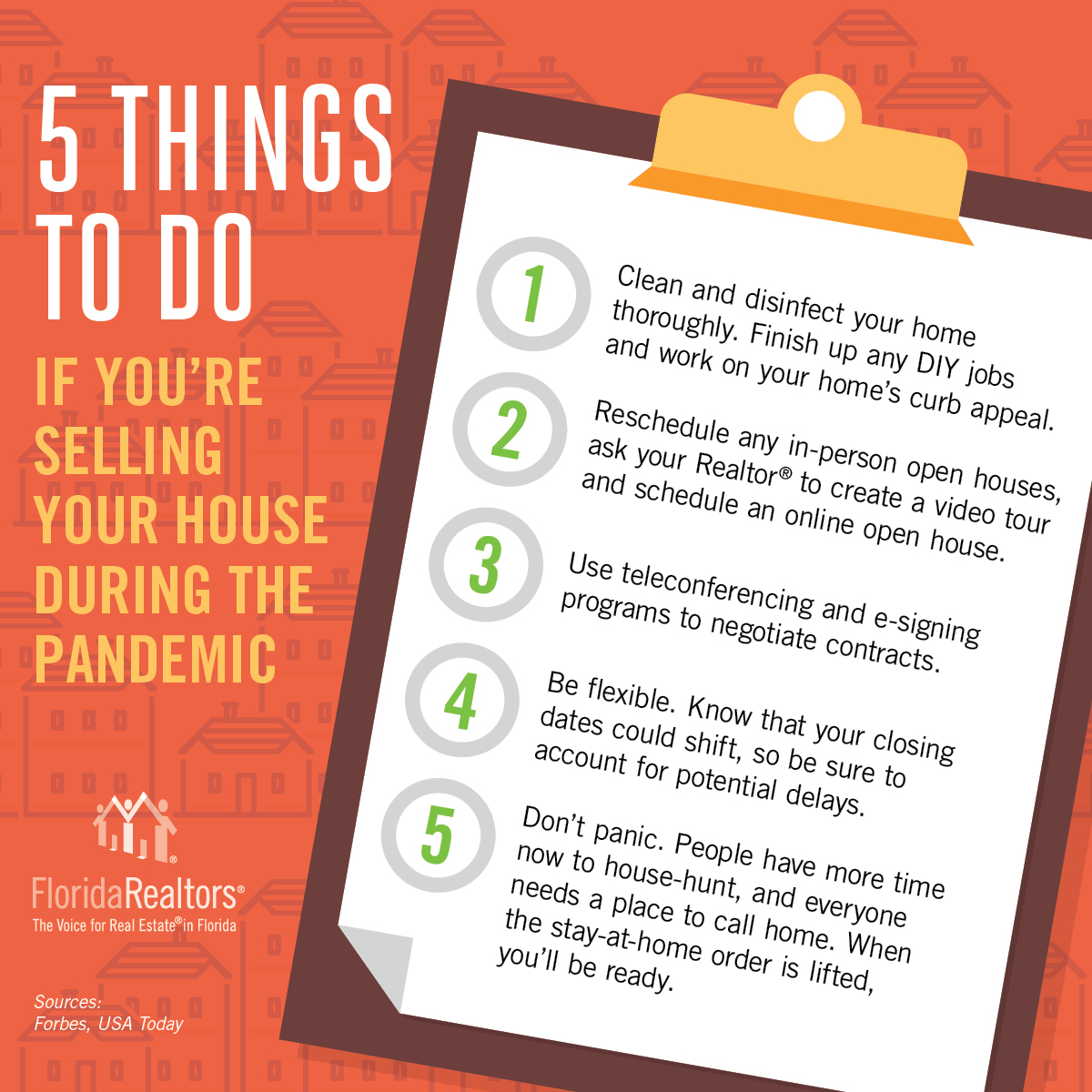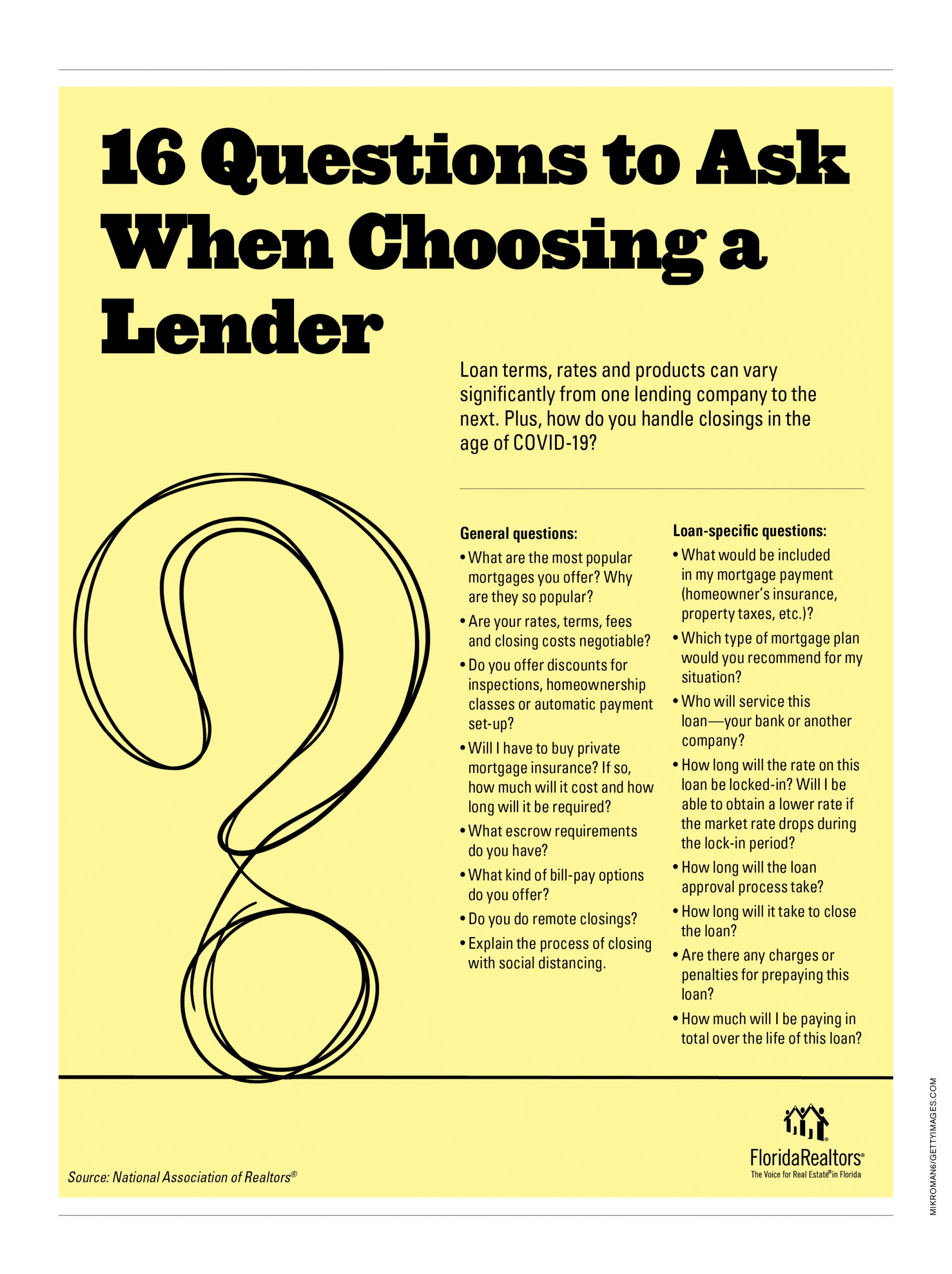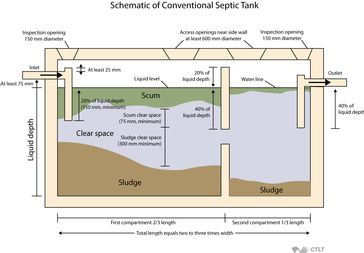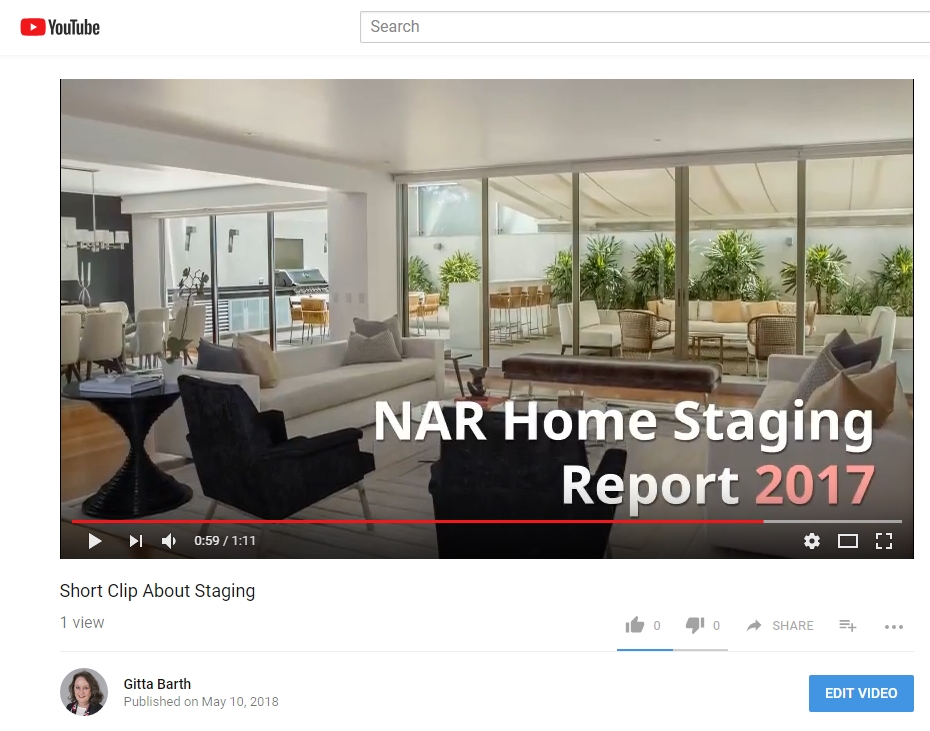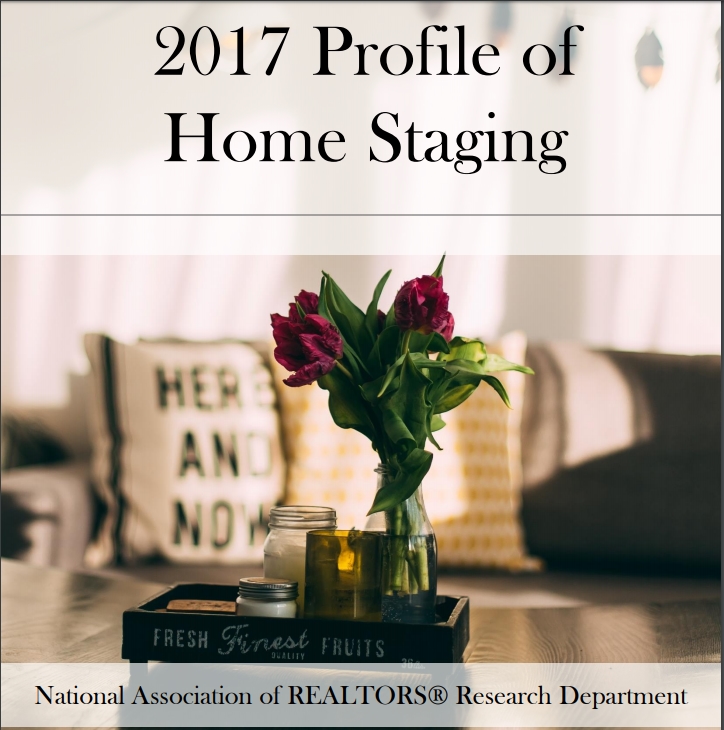Flood Preparations: What Realtors and Homeowners Need to Know
By Kerry Smith
FEMA prepared a list of flood preparation tools – webpages, fact sheets, infographics and publications – with input from NAR. The “Real Estate Professional’s Guide to Discussing Flood Insurance” covers almost everything Realtors should understand.
WASHINGTON – The Federal Emergency Management Agency (FEMA) worked with the National Association of Realtors® (NAR) to create a single-source guide for Realtors who need to understand flood insurance – everything from buying it the first time to making a claim after a disaster.
The following list of links contains multiple resources agents and lenders can use, including webpages, fact sheets, infographics and publications. The materials can be used to promote flood insurance to the public, and resources can help agents explain the financial requirements and benefits flood insurance offers to buyers and homeowners.
A Real Estate Professional’s Guide to Discussing Flood Insurance
FEMA Flood Preparedness Resources for Real Estate Professionals
Customers have questions, and this resource provides a broad overview of the U.S. flood insurance program.
NFIP Door Hanger
Printable and customizable versions can promote flood insurance.
The Cost of Flooding Tool
This interactive tool can help owners or buyers visualize the risk of a home flooding, even if that flood is only a few inches deep.
Be Prepared for a Flood
This brochure outlines the steps homeowners should take if a flooding event appears imminent, as well as during and after a flood.
Flood Social Media Toolkit
A webpage resource that include a vast amount of tools and links that can be shared on social media. It covers a wide range of topics, from flood planning to recovery after an event.
Emergency Financial First Aid Kit
Important papers can be lost in a flood. This overview, offered in six languages, helps homeowners focus on important household information – identification, financial and legal documents, medical information, contacts, etc. – that should be in order before a disaster occurs.
Insurance Moonshot Starter Kit
How do you create a local program that promotes flood insurance? This kit contains key messages and communication templates that can be used to promote the value of flood insurance in disaster recovery.
Why Buy Flood Insurance
Many people balk at buying flood insurance. This webpage (NFIP consumer site) explains its importance and answers many commonly asked questions.
How to Buy Flood Insurance
Generally, insurer agents offer federal flood insurance policies, a process detailed here along with help finding an insurance provider.
Preferred Risk Policy
The owners of a home located in an area deemed low risk by FEMA pay less. This page offers more information about one of these preferred risk policies.
How Can I Pay Less for My Flood Insurance
Information here can help homeowners reduce the cost of their flood insurance cost by choosing things such as a higher deductible.
Before and After a Flood
This is the nuts-and-bolts of dealing with a flood disaster – how to start a flood insurance claim, and what to do before and after a flood.
FEMA Flood Map Service Center
Is a home in a low- or high-risk flood zone? Find out here on the public source for flood hazard information.
Fema.gov
Go here for more information on other programs offered by FEMA.
© 2020 Florida Realtors®
